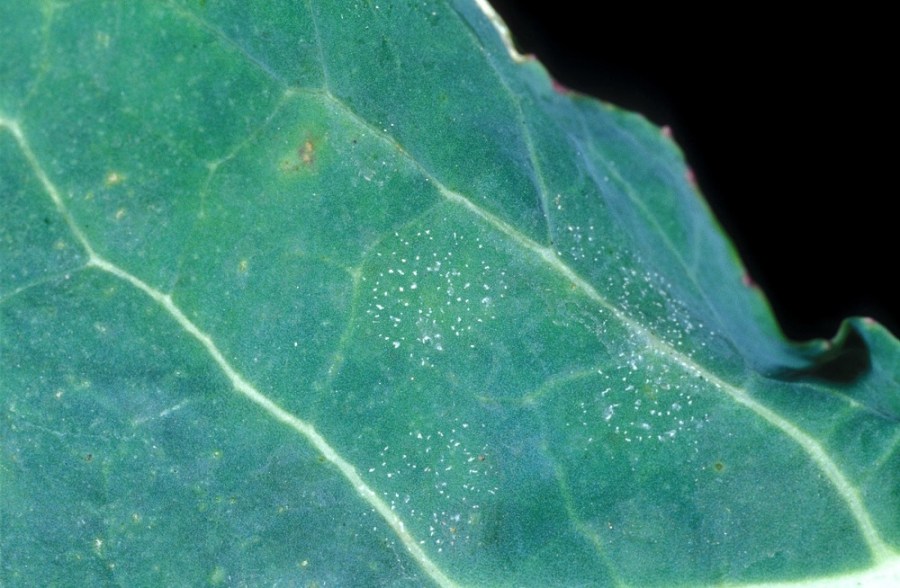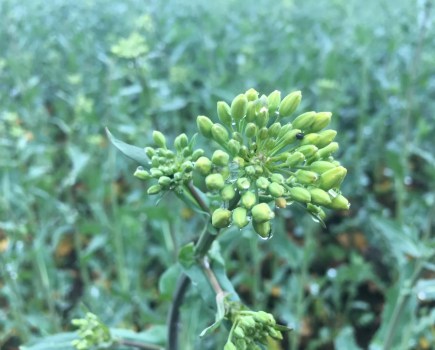AHDB’s light leaf spot (LLS) preliminary forecast shows that the disease risk to winter oilseed rape (OSR) is relatively high across central Britain. Charlotte Cunningham reports.
The regional disease forecast highlights the proportion of OSR crops with a disease resistance rating of 5 predicted to have more than 25% of plants affected by the spring.
For southern England, risk is slightly higher than forecast during 2018/19 but remains relatively low, according to AHDB.
Historically, risk is more serious toward the north of Britain. However, the 2019/20 forecast shows that the risk is moderate for much of Scotland.
Jon West, who manages the forecast at Rothamsted Research, said: “A relatively warm summer and low disease levels at the end of last season have driven down the light leaf spot risk across Scotland. In fact, you have to go back to the 2013/14 season to find a lower-risk year.
“Most of the Midlands, Wales and the north of England is forecast to be at a relatively high risk of this disease. However, this risk level could not be described as unusually high for these areas.”
Management decisions
The forecast can guide crop management decisions and for a more accurate picture of local risk, growers can build a customised forecast via the AHDB website. This forecast also takes account of variety, sowing date and autumn fungicide applications.
For the strongest risk assessment, farmers are advised to place leaf samples in polythene bags and incubate them at 10–15°C, for about five days, to bring out symptoms, added the levy board.
The preliminary forecast uses previous season pod incidence data and deviation from the 30-year mean summer (July/August) temperature data. In spring, an update to the forecast reflects deviation in winter rainfall from the 30-year mean.
Access information on LLS and fungicide performance via ahdb.org.uk/lightleafspot




